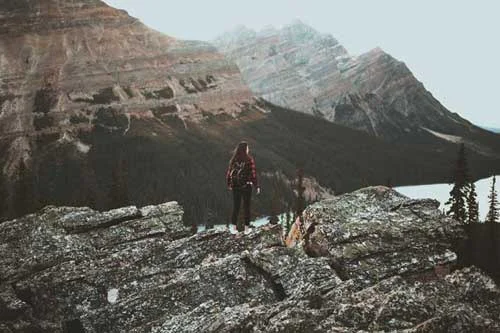Gas exchange and the lungs
Everything you need for your GCSE
Let’s make GCSE gas exchange revision easy and fun with this animation!
This animation won gold in the Institute of Medical Illustrators awards this year! It was designed and created by Emily K. Paul to make learning about GCSE gas exchange and the lungs fun for students. Hit play to watch and learn!
As we go about our day-to-day lives, the cells in our body need a constant supply of oxygen to complete cellular respiration. This is achieved by breathing air into the lungs for gas exchange. This process is needed for actions you’re aware of like walking to the bus stop, but also things you don’t notice, like your heart beating, digesting your dinner and even just making new cells.


Air travels through our nose and trachea which branches into bronchi and then bronchioles in the lungs. In the lungs are millions of tiny air sacs called alveoli. Laid out flat they could cover half a tennis court so they have a large surface area for gas exchange. A network of capillaries covers the alveoli.
The alveoli and capillary walls are a single layer of thin cells so the diffusion pathway is very short. Gases dissolve in moisture lining the alveoli which also speeds up diffusion. The red blood cells have no oxygen when they enter the lungs but the alveoli are full of oxygen creating a steep concentration gradient for the oxygen to travel down. This oxygenates the blood which continues out of the lungs, repeating its journey around the body.
Similarly, carbon dioxide travels down the concentration gradient from the blood to the lungs. This is because there is an excess of carbon dioxide dissolved in the blood plasma, a waste product of cellular respiration. We then breathe this waste carbon dioxide into the air around us and start the process again.
To recap:
- Humans need oxygen for everything.
- When we breathe, air travels through our nose, trachea, bronchi and bronchioles into the alveoli in the lungs.
- Due to their size and quantity, alveoli and capillaries have a very large surface area for gases to diffuse through.
- Capillary and alveoli walls are only one cell thick so have a short diffusion pathway.
- Gases dissolve in moisture lining the alveoli which speeds up diffusion.
- Gases travel down the concentration gradients between the lungs and the blood.
- Oxygen travels around the body in red blood cells.
- Carbon dioxide travels around the body in blood plasma.
Take a look here to find out more about animation.
If you would like to commission any medical or scientific art by Emily then get in touch by email humantouchillustration@gmail.com or use our contact form.










